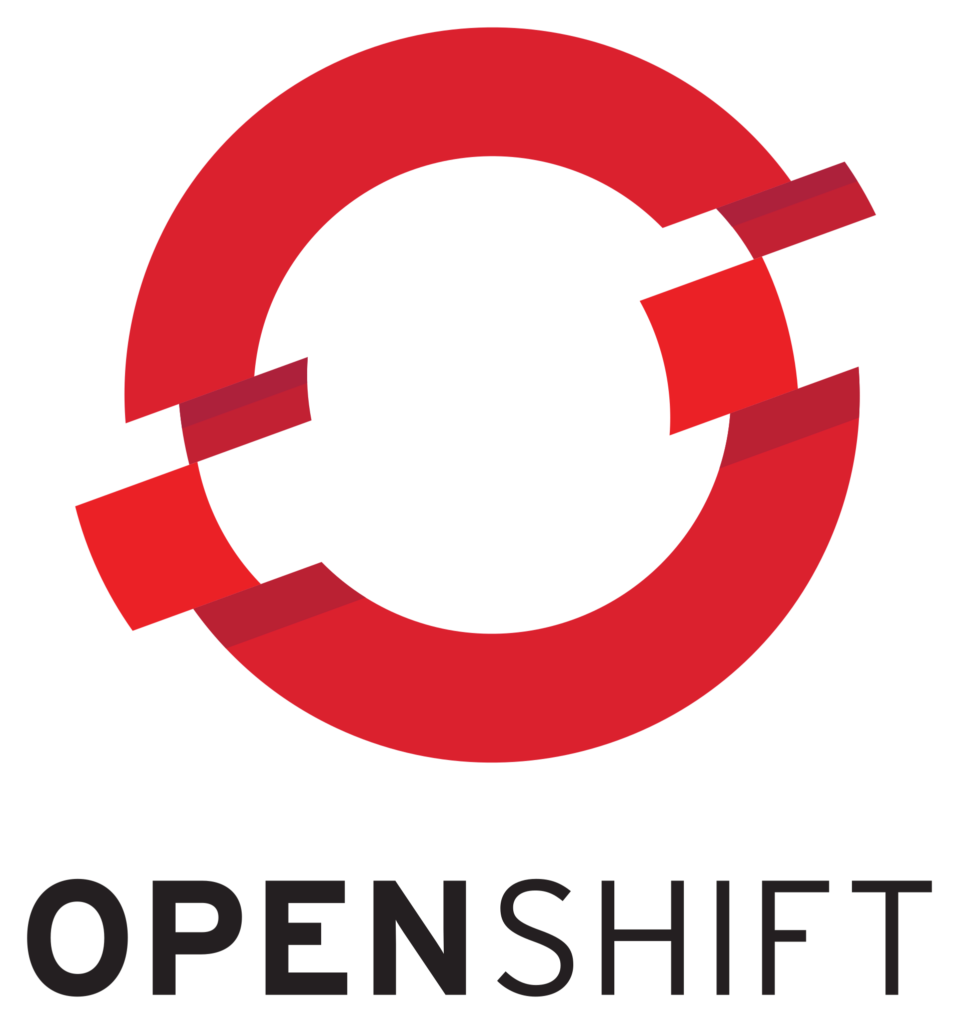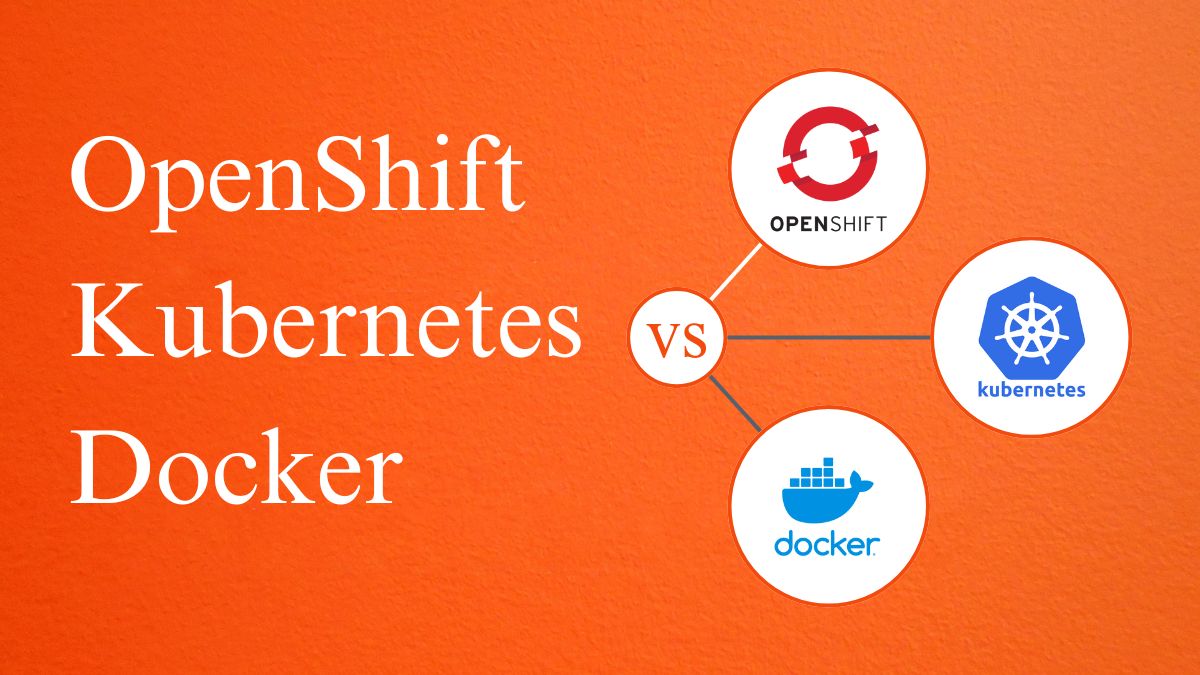Container- An Isolated Environment for Your Code.
A container has minimal dependence on the host operating system. Moreover, it packages the application and its dependencies. This ensures consistency across different environments. The container includes the application and its dependencies. Additionally, it ensures consistency across different environments. This is done by isolating them from the host system.
Container platforms made a massive change in the application development processes. Applications with containers are more efficient, lightweight, and adaptable to unexpected changes. A container platform is a software solution. It orchestrates, manages, and secures containerized applications. You can store all kinds of executable files in containers. Its capabilities include:
- Orchestration
- Monitoring
- Governance
- Security
- Automation
How do Container Platforms Work?
The container management process typically includes stages such as:
- Creation
- Deployment
- Scaling or Expansion
- Termination
- Monitoring
- Updating
The process starts with a base image and then packages the microservice into a container image. Finally, it deploys it through the container platform. The key components include:
- API
- Daemon service
- CLI interface
The container shuts down once the microservice performs its role in the larger application and the delivery is complete. According to the requirements, it can be activated.
What is OpenShift?

The OpenShift Container Platform is a Kubernetes environment. It is used for purposes like building and scaling containerized applications and their dependencies on various computing platforms. These include bare metal, virtualized, on-premise, and in the cloud. It uses various computing resources. These are known as nodes.
OpenShift provides tools for managing networking, load balancing, and routing within a Kubernetes cluster. Additionally, it enhances Kubernetes with additional features. These include integrated CI/CD, developer tools, and security policies. Moreover, it adds cluster services that monitor cluster health and performance, handle logging and manage upgrades.
What is Kubernetes?

Kubernetes, commonly known as K8s, orchestrate containers. It is an open-source system. It is especially useful in many of the manual processes involved in automating the deployment, scaling, and management of containerized applications. Additionally, it groups applications into logical units. Therefore, it allows for easier management and discovery. A worldwide community of contributors maintains the project, originally designed by Google. The Cloud Native Computing Foundation holds the trademark.
Kubernetes orchestrates containerized platforms. It helps in the deployment, scaling, and management of microservices, cloud-native applications, and applications being developed from monolithic to microservice architecture. It is one of the most widely deployed software systems in the world. Google, Microsoft, and various other companies use Kubernetes.
Follow this simple guide to install Kubernetes in your system.
What is Docker?

Docker is a containerization platform. It is a toolkit that allows for building, deploying, and managing containerized applications. It is an open-source platform that is free to download. A Docker container image packages everything needed to run an application into a lightweight, standalone, executable package. This includes runtime, code, system tools, libraries, and settings. A Docker container image contains everything needed to run an application such as code, system tools, runtime, libraries, and settings. Additionally, Docker emphasizes portability, a lightweight nature, and strong isolation capabilities.
OpenShift Vs Kubernetes
When it comes to container orchestration, Kubernetes and OpenShift are two of the choices that cannot be ignored. They are both complementary platforms; in fact, Kubernetes is a significant component of the former. Moreover, both technologies offer the possibilities of:
- Large-scale application development
- Management
- Deployment
Both platforms are popular, but users employ them in different ways, and each offers distinct features.
- Kubernetes was originally created by Google. It is an open-source container orchestration platform that provides the foundation for managing containerized applications. OpenShift, on the other hand, is a commercial enterprise-ready container platform. It is built on top of Kubernetes. OpenShift can be deployed on RHEL, other Linux distributors, and various cloud environments.
- While Kubernetes offers increased flexibility and powerful features, it can be rather complex to set up and manage. OpenShift provides a rather user-friendly and simplified interface, along with built-in support for CI/CD pipelines.
- While Kubernetes can be configured with various security measures using additional tools, OpenShift provides built-in security features and policies out of the box. These include running containers as non-root users and integrated OAuth.
- The frequent updates that take place while using Kubernetes can sometimes lead to issues such as breaking changes. Whereas, OpenShift offers long-term support versions and commercial support.
- Kubernetes relies on external tools and services for most integrations and extensions and is a rather bare-bones platform. Conversely, OpenShift delivers built-in integrations along with other Red Hat products and offers a marketplace for third-party extensions.
- Kubernetes is a completely free and open-source service, whereas, OpenShift has a pricing model for its enterprise version that includes additional features, support, and services.
Which Platform Should I Choose: Kubernetes or OpenShift?
The choice between the two platforms depends on your organization’s specific requirements and goals. Kubernetes is preferred if one wants to opt for a robust and flexible open-source container orchestration platform, provided they have the resources and expertise to manage and customize it. However, if one is looking for an enterprise-grade solution with built-in developer tools, simplified management, and comprehensive support, OpenShift would be the wiser choice.
OpenShift Vs Docker
Docker and OpenShift are both rather powerful platforms. Both platforms assist developers and IT teams in running and managing containerized platforms. Docker provides a simple and portable containerization platform that is capable of running on any infrastructure. On the other hand, OpenShift provides additional features and functionality built on top of Kubernetes. Docker is preferred for developers who require lightweight and flexible containerization. Whereas, OpenShift is preferred for enterprise-scale applications that require advanced features and integration with CI/CD tools.
- Docker supports advanced disk and file operations. These include features like layered file systems and copy-on-write. Meanwhile, OpenShift, being a more comprehensive platform, focuses on managing Kubernetes clusters and does not emphasize these low-level storage operations.
- OpenShift, built on Kubernetes, uses Docker container images to package applications and provides additional tools for managing these containers. Such as integrated CI/CD pipelines and enhances security features.
- Developers recommend Docker for its rapid integration and buildup, while they praise OpenShift for its robust free plan.
- With OpenShift, there are comparatively fewer stars and forks on its open-source GitHub repository. There are more stars and forks on Docker’s open-source GitHub repository, making it more popular among the developer community.
As open-source platforms, both Docker and OpenShift go hand-in-hand. Users widely use and accept both technologies across the globe. Considering the pros and cons of both platforms, organizations can choose either of them according to their needs and requirements.
Conclusion
OpenShift, Kubernetes, and Docker are distinct yet complementary technologies. They address the different aspects of containerization and orchestration. Docker is primarily a containerization platform that packages applications and their dependencies. It emphasizes portability and ease of use. On the other hand, Kubernetes provides a robust, flexible framework. It aids in orchestrating and managing containerized applications at scale. OpenShift builds on Kubernetes by adding enterprise-ready features. These include integrated developer tools, CI/CD capabilities, and enhanced security.
The specific requirements of your organization will determine which platform is best. This includes the level of support required, ease of use, scalability, integration capabilities, and the resources available for managing and customizing the platform. Although users prefer Kubernetes for its robust and flexible open-source orchestration, for an enterprise-grade solution with comprehensive support and built-in developer tools, OpenShift is a more suitable choice.


